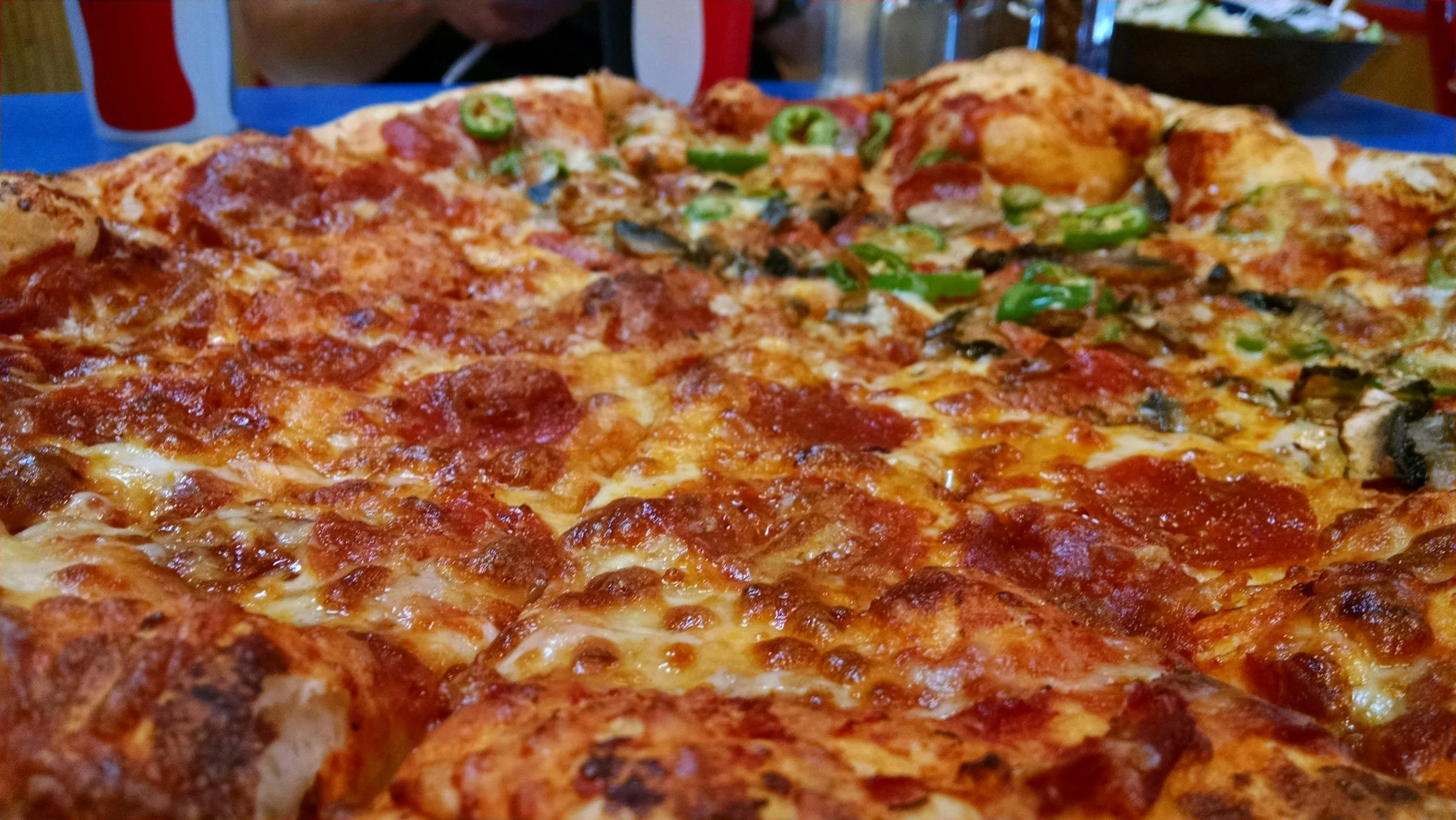The Maillard-Physics Nexus: Unraveling the Science Behind Culinary Alchemy
Browning of the cheese on pizza is one of the best examples of the Maillard reaction making food more appealing
by Robbie Weinbaum, Associate Editor
In the realm of culinary arts, the Maillard reaction reigns supreme as the quintessential phenomenon responsible for transforming humble ingredients into gastronomic masterpieces. This intricate dance of amino acids and reducing sugars, choreographed by the application of heat, gives rise to an array of flavors, aromas, and hues that tantalize the senses and elevate the dining experience to new heights. But beneath the surface of this culinary alchemy lies a fascinating interplay of physical principles that govern the Maillard reaction's every move.
At its core, the Maillard reaction is a thermodynamic tango, a delicate balance between the kinetic energy of molecules and the activation energy required to initiate the chemical cascade. As heat permeates the food matrix, it imbues the constituent particles with the vibrational and rotational energy necessary to overcome the activation barrier. Once this threshold is breached, the amino acids and reducing sugars engage in an intricate molecular waltz, their electron clouds overlapping and rearranging to form an array of novel compounds.
The tempo of this Maillard dance is dictated by the principles of reaction kinetics, with temperature acting as the conductor that sets the pace. At higher temperatures, the molecules become more energetic, colliding with greater frequency and vigor, thereby accelerating the rate of the reaction. This tempo, however, must be carefully modulated, for excessive heat can lead to the formation of bitter, acrid notes that overwhelm the palate and diminish the overall gustatory experience.
The Maillard reaction's complexity is further compounded by the diffusion of reactants and products within the food matrix. As the reaction progresses, the newly formed compounds must navigate the labyrinthine network of proteins, carbohydrates, and lipids that comprise the ingredient's microstructure. The rate at which these molecules diffuse through the matrix is governed by Fick's laws, which describe the relationship between concentration gradients and the flux of particles. This diffusive dance ultimately dictates the spatial distribution of flavors and aromas within the food, contributing to the overall sensory profile.
Moreover, the Maillard reaction's visual appeal, characterized by the development of rich, golden-brown hues, is a manifestation of the electromagnetic spectrum's interaction with the reaction products. As the Maillard compounds accumulate, they absorb and scatter light in a manner that is dependent on their molecular structure and concentration. This selective absorption and scattering of photons gives rise to the warm, inviting colors that are so closely associated with perfectly seared steaks, roasted coffee beans, and freshly baked bread.
The Maillard reaction also serves as a testament to the power of thermodynamic optimization in the culinary realm. The reaction products, in their myriad forms, represent a state of lower Gibbs free energy compared to the original reactants. This thermodynamic drive towards greater stability and lower energy states is the underlying force that propels the reaction forward, ensuring that the culinary alchemy continues to work its magic.
In conclusion, the Maillard reaction, a hallmark of culinary excellence, is a captivating example of the interplay between physical principles and the art of cooking. By understanding the thermodynamic, kinetic, and electromagnetic underpinnings of this reaction, food scientists and chefs alike can harness its power to create gastronomic wonders that push the boundaries of flavor, aroma, and visual appeal. As we continue to explore the Maillard-physics nexus, we unravel the secrets behind the culinary alchemy that has captivated humans for millennia, and gain a deeper appreciation for the scientific intricacies that lie within every perfectly browned crust and caramelized surface.
